 The robo-advisor evolution continues. Betterment just announced some significant changes that include the option to upgrade to a Certified Financial Planner (CFP®) and a more simplified flat fee structure. Here are highlights from the new plans:
The robo-advisor evolution continues. Betterment just announced some significant changes that include the option to upgrade to a Certified Financial Planner (CFP®) and a more simplified flat fee structure. Here are highlights from the new plans:
- Betterment Digital. Their original product with digital portfolio management and guidance. Now at a flat 0.25% annually (no more tiers). No minimum balance. There is no longer be a $3/month fee if you don’t make monthly auto-deposits. The management fee on any assets over $2 million is waived.
- Betterment Plus. Digital features above + an annual planning call from a “team of CFP® professionals and licensed financial experts who monitor accounts throughout the year.” You will also have unlimited e-mail access. The plan is a flat 0.40% annually. $100,000 minimum balance required.
- Betterment Premium. Digital features above + unlimited phone access to a “team of CFP® professionals and licensed financial experts who monitor accounts throughout the year.” You will also have unlimited e-mail access. The plan is a flat 0.50% annually. $250,000 minimum balance required.
Betterment’s previous fee structure for Digital was 0.35% for balances under $10,000 with $100/mo auto-deposit (or a flat $3 a month without), 0.25% for balances of $10,000 to $100,000, and 0.15% for balances above $100,000. This means that with the new flat 0.25% fee structure, people with balances under $10k will end up paying less while those with $100k+ will be paying more. If I had a big balance at Betterment, I’d be quite unhappy with the price hike. Existing customers on the 0.15% tier will stay on that fee structure until June 1st, 2017.
Here’s how this breaks down in terms of your account size:
- $10,000 account balance. Digital would cost just $25 a year ($2.08 a month). There is no longer any requirement for auto-deposit to avoid a $3 a month fee. Plus or Premium not available.
- $50,000 account balance. Digital would cost $125 a year ($10.41 a month. There is no longer any requirement for auto-deposit to avoid a $3 a month fee. Plus or Premium not available.
- $100,000 account balance. Digital would cost $250 a year ($20.83 a month). Plus would cost $400 a year ($33.33 a month) and include an annual planning call with a human advisor. Premium not available.
- $250,000 account balance. Digital would cost $625 a year ($52.08 a month). Plus would cost $1,000 a year ($83.33 a month) and include an annual planning call with a human advisor. Premium would cost $1,250 a year ($104.17 a month) and include unlimited calls to a human advisor.
Commentary. I don’t write about robo-advisors all that often, but Betterment adding human advisors as an upgrade option signals a big change in the industry. For the investors with modest balances, the flat fee is cheaper but it has always been pretty cheap; at $50k in assets it costs the same as a Netflix subscription. Perhaps more important is knowing that as you continue to grow assets, a human advisor will become available without having to move your money elsewhere.
For those with at least $100k in assets, the upgrade cost to talk to a human advisor annually appears reasonable ($150 a year more at $100k asset level). You also get unlimited e-mail interaction for quick questions. If you go to an independent CFP and request a one-time consultation, that will usually cost a $400 to $500 flat fee. Potential concerns include that you don’t get a dedicated person but a team. However, in my experience even if you get assigned a dedicated person, they’ve often moved onto another job within a year. The wording also suggests that the pool of advisors are not all CFPs.
This move signifies both the good and bad about the current robo-advisor environment. The good is that they keep evolving and looking for ways to improve (i.e. index replication, tax-sensitive asset location, tax loss harvesting). The bad is that these can involve big changes with little notice (i.e. portfolio tweaks, fee changes). This time, the good is now you have the option to pay more for human advice. The bad is that if you already had a lot of money with Betterment, your fees got hiked by 10 basis points. This is why I prefer to DIY, because I enjoy being in control.
That said, if I had to switch I would prefer human access for estate-planning purposes (Mrs. MMB doesn’t want to manage our portfolio). Betterment says they have an advantage because they are independent. For comparison, I would look into Vanguard Personal Advisor Services (VPAS) which costs 0.30% annually and includes a team of human advisors. Possible drawbacks of VPAS include no automated tax-loss harvesting and you’ll be confined to Vanguard products.
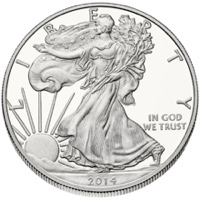 Howard Marks released another
Howard Marks released another 
 Here’s another website that searches public databases to collect your personal information… but instead of being
Here’s another website that searches public databases to collect your personal information… but instead of being 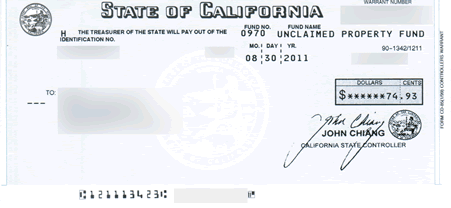
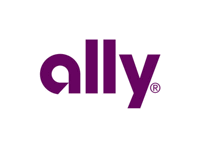
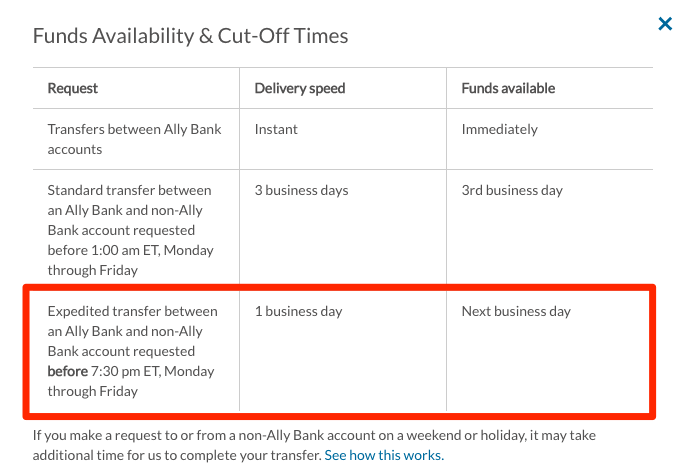
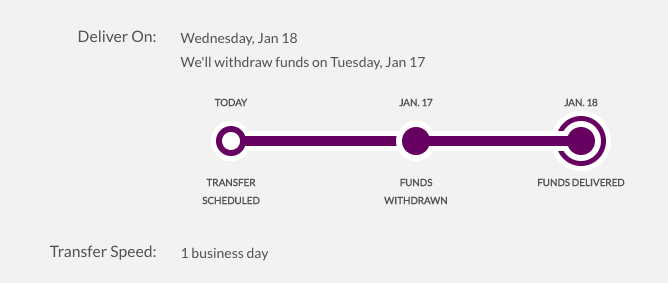
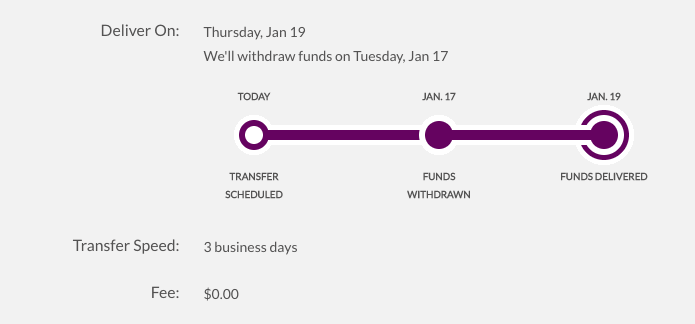
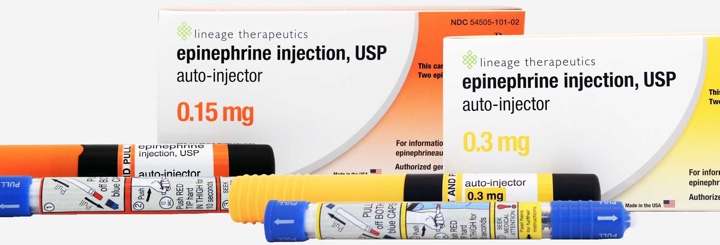
 If you bought any dairy products between 2003 and the present, and live (or have lived) in any one of the following states:
If you bought any dairy products between 2003 and the present, and live (or have lived) in any one of the following states: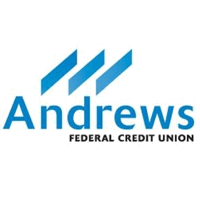
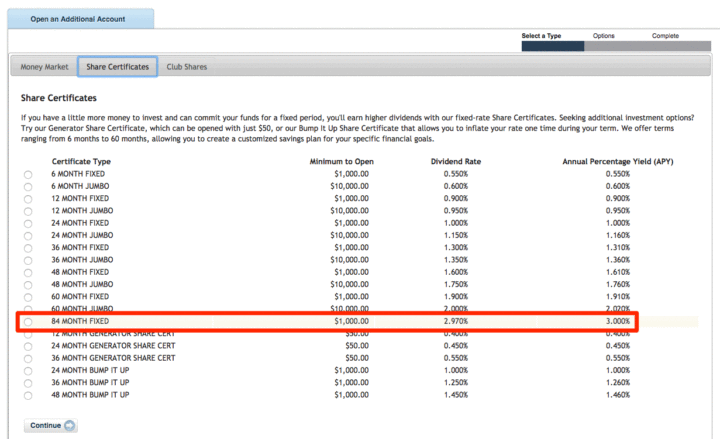
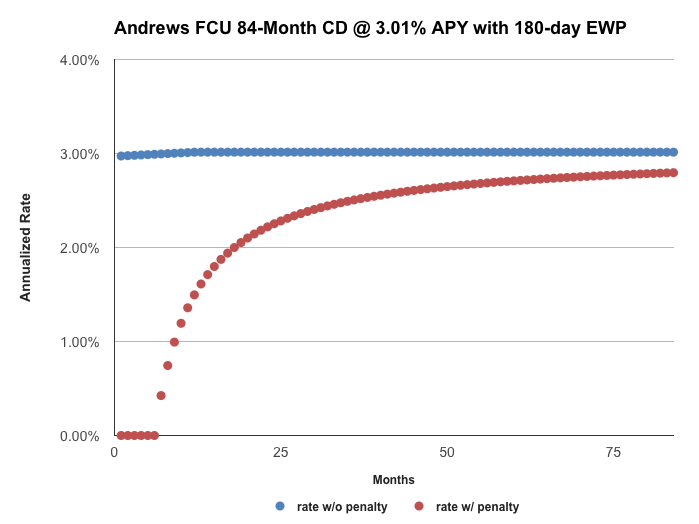

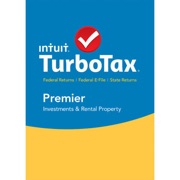
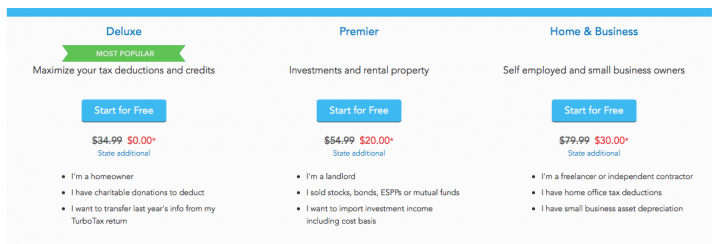
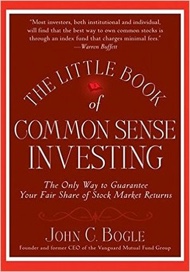 Jack Bogle is rightfully respected and there are probably over a hundred mentions of his name on this site. His message of common sense, simple, low-cost investing continues to spread since he first opened the Vanguard 500 Index fund to the public in 1975. Yet, he still has to keep pounding his drum because there is so much other noise out there. Similar to the sketches of NYT journalist
Jack Bogle is rightfully respected and there are probably over a hundred mentions of his name on this site. His message of common sense, simple, low-cost investing continues to spread since he first opened the Vanguard 500 Index fund to the public in 1975. Yet, he still has to keep pounding his drum because there is so much other noise out there. Similar to the sketches of NYT journalist 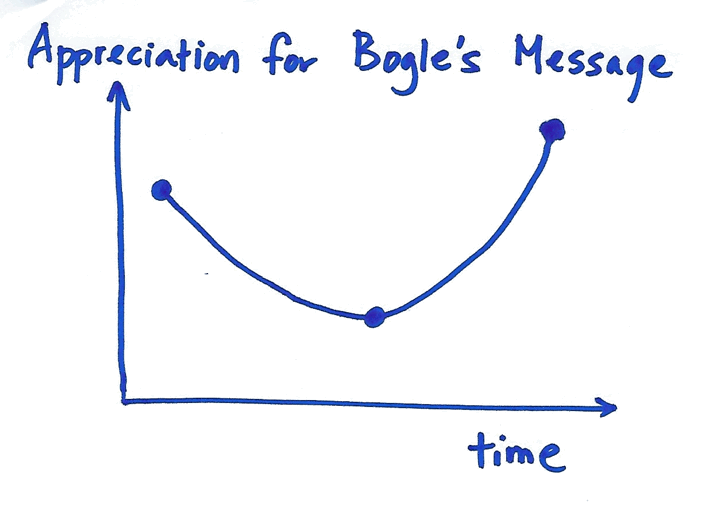
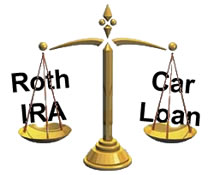
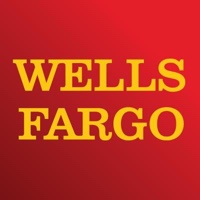 Wells Fargo has a $250 bonus offer for new checking account customers. You can open any consumer checking account except for Teen Checking. The prepaid Wells Fargo EasyPay® Card is not eligible. You must open the account from the special bonus page with a minimum opening deposit of $25 by February 17, 2017. (You can charge the opening deposit on a credit card.) Within 60 days of account opening, you must also do one of the following:
Wells Fargo has a $250 bonus offer for new checking account customers. You can open any consumer checking account except for Teen Checking. The prepaid Wells Fargo EasyPay® Card is not eligible. You must open the account from the special bonus page with a minimum opening deposit of $25 by February 17, 2017. (You can charge the opening deposit on a credit card.) Within 60 days of account opening, you must also do one of the following: The Best Credit Card Bonus Offers – March 2024
The Best Credit Card Bonus Offers – March 2024 Big List of Free Stocks from Brokerage Apps
Big List of Free Stocks from Brokerage Apps Best Interest Rates on Cash - March 2024
Best Interest Rates on Cash - March 2024 Free Credit Scores x 3 + Free Credit Monitoring
Free Credit Scores x 3 + Free Credit Monitoring Best No Fee 0% APR Balance Transfer Offers
Best No Fee 0% APR Balance Transfer Offers Little-Known Cellular Data Plans That Can Save Big Money
Little-Known Cellular Data Plans That Can Save Big Money How To Haggle Your Cable or Direct TV Bill
How To Haggle Your Cable or Direct TV Bill Big List of Free Consumer Data Reports (Credit, Rent, Work)
Big List of Free Consumer Data Reports (Credit, Rent, Work)